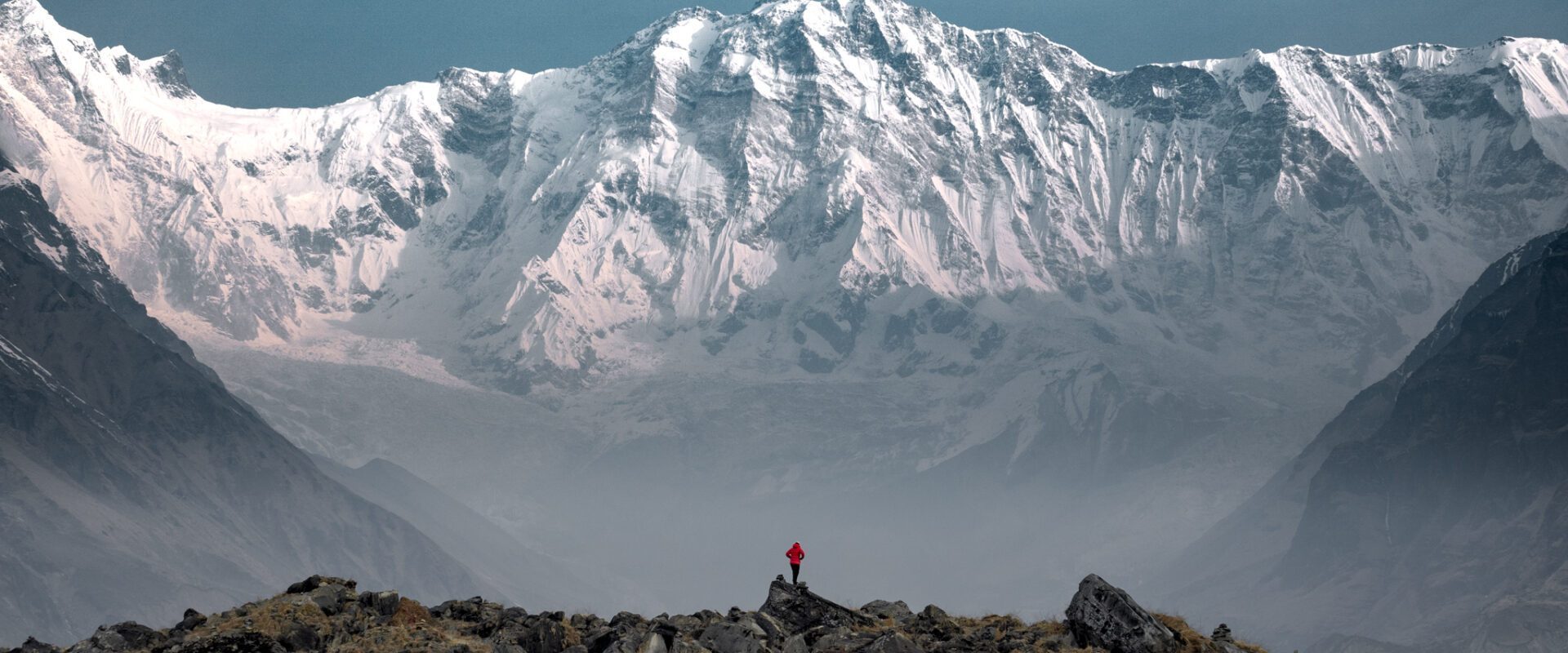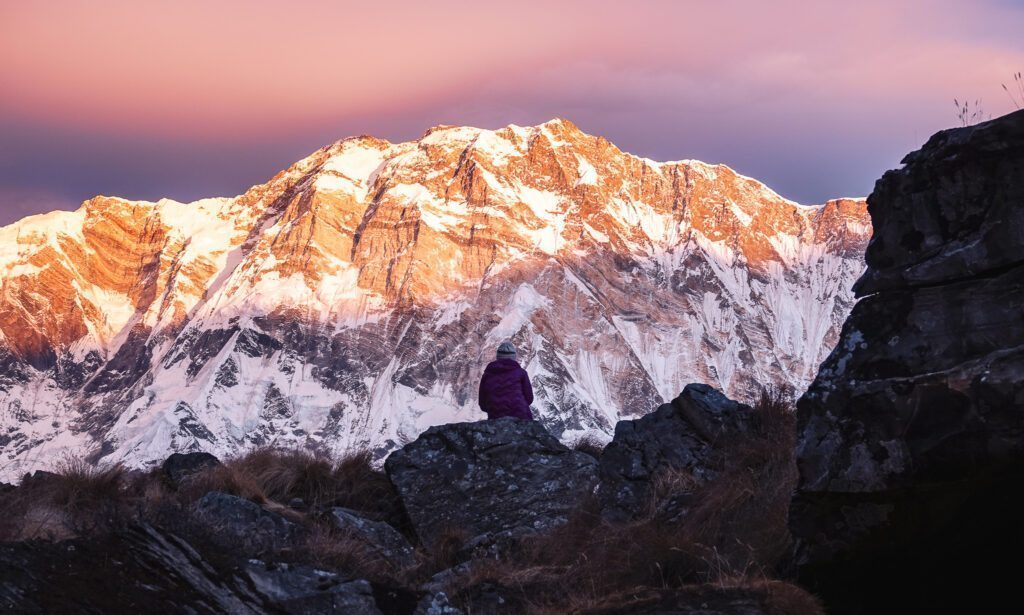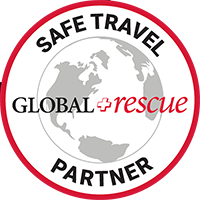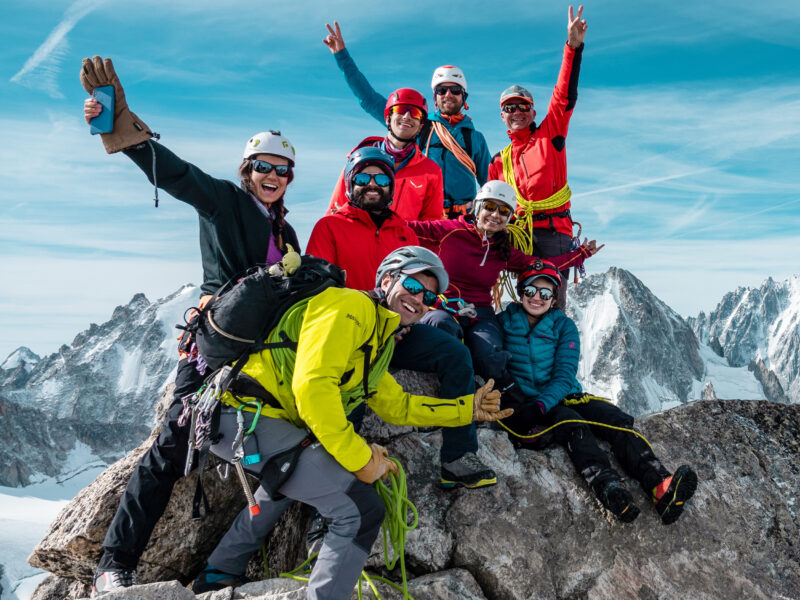BY Hazem El Shamy | February 06 2025
Can You Get Altitude Sickness at Annapurna Base Camp?

The Annapurna Base Camp (ABC) trek is a dream for many outdoor enthusiasts, offering breathtaking landscapes, diverse terrain, and a glimpse into Nepal’s vibrant culture. But with an elevation of 4,130 meters (13,549 feet), altitude sickness is a real concern. So, can you get altitude sickness at Annapurna Base Camp? The short answer: yes. Here’s what you need to know and how to stay safe.

Understanding Altitude Sickness
Altitude sickness, or Acute Mountain Sickness (AMS), occurs when your body struggles to adjust to reduced oxygen levels at high altitudes. Symptoms can range from mild to severe and typically begin above 2,500 meters (8,200 feet). Since ABC is well above this threshold, trekkers are at risk if they ascend too quickly.
Symptoms of Altitude Sickness
- Mild AMS: Headache, dizziness, nausea, loss of appetite, fatigue, and difficulty sleeping.
- Moderate AMS: Worsening headaches, vomiting, increased fatigue, and difficulty walking straight.
- Severe AMS: Confusion, inability to walk, fluid buildup in the lungs (High Altitude Pulmonary Edema – HAPE) or brain (High Altitude Cerebral Edema – HACE), both of which can be fatal if untreated.
Factors That Increase Your Risk
1. Rapid Ascent
The biggest mistake trekkers make is climbing too fast. Your body needs time to acclimate to reduced oxygen levels, so a slow and steady ascent is crucial.
2. Dehydration
High altitude increases fluid loss, making hydration essential. Dehydration exacerbates AMS symptoms and can make recovery difficult.
3. Physical Condition
While fitness helps with endurance, it does not prevent AMS. Even seasoned athletes can experience symptoms if they ascend too quickly.
4. Genetic Susceptibility
Some people are simply more prone to altitude sickness than others. If you’ve experienced AMS before, you’re likely to experience it again.

How to Prevent Altitude Sickness at ABC
1. Follow a Sensible Itinerary
Most ABC trek itineraries include gradual ascents with acclimatization stops. Aim to keep daily altitude gains below 500 meters (1,640 feet) after reaching 3,000 meters (9,840 feet).
2. Stay Hydrated
Drink at least 3–4 liters of water daily. Avoid excessive alcohol and caffeine, as they can contribute to dehydration.
3. Eat Well
Your body needs energy to acclimatize. Opt for high-carb meals, as they’re easier to digest at altitude and help maintain energy levels.
4. Listen to Your Body
If you experience mild AMS symptoms, take a rest day or descend if they worsen. Ignoring symptoms can lead to severe complications.
5. Relax
Getting stressed out while trekking leads to a higher heart rate overall energy consumption, and your body needs all the energy it can get for the acclimatization process.
What to Do if You Get Altitude Sickness
If you start feeling the effects of AMS, the best remedy is to stop ascending and rest. If symptoms persist or worsen, descend immediately. In severe cases, evacuation may be necessary. Guides, Team Leaders, and teahouse owners along the trail are familiar with AMS and can provide assistance if needed.
Final Thoughts
Yes, you can get altitude sickness at Annapurna Base Camp, but with proper preparation and awareness, you can minimize your risk. Trekking to ABC is an incredible adventure, and taking the right precautions will ensure you enjoy the journey safely. Remember: the mountain isn’t going anywhere—your health comes first.
Have you experienced AMS on a trek? Share your tips and experiences in the comments below!
About The Author
Hazem is an avid high altitude mountaineer and adventurer that has helped lead hundreds of climbers to summits across the Himalayas, Andes, Atlas, and Caucus mountain ranges. He believes that inspiration is best served on a sharp ridge 6000 meters up in the sky, and is committed to making big mountain goals more achievable to the everyday climber.
About Life Happens Outdoors
At Life Happens Outdoors, we believe in the power of nature to transform lives. As proud members of the Adventure Travel Trade Association (ATTA) and the World Travel & Tourism Council (WTTC), our team of certified guides and outdoor professionals is committed to the highest standards of safety, sustainability, and excellence.
Discover more about our story and mission on our Meet LHO page, or explore our curated adventures such as the Tour du Mont Blanc Trek, the Climb of Kilimanjaro, and Chasing the Northern Lights.















